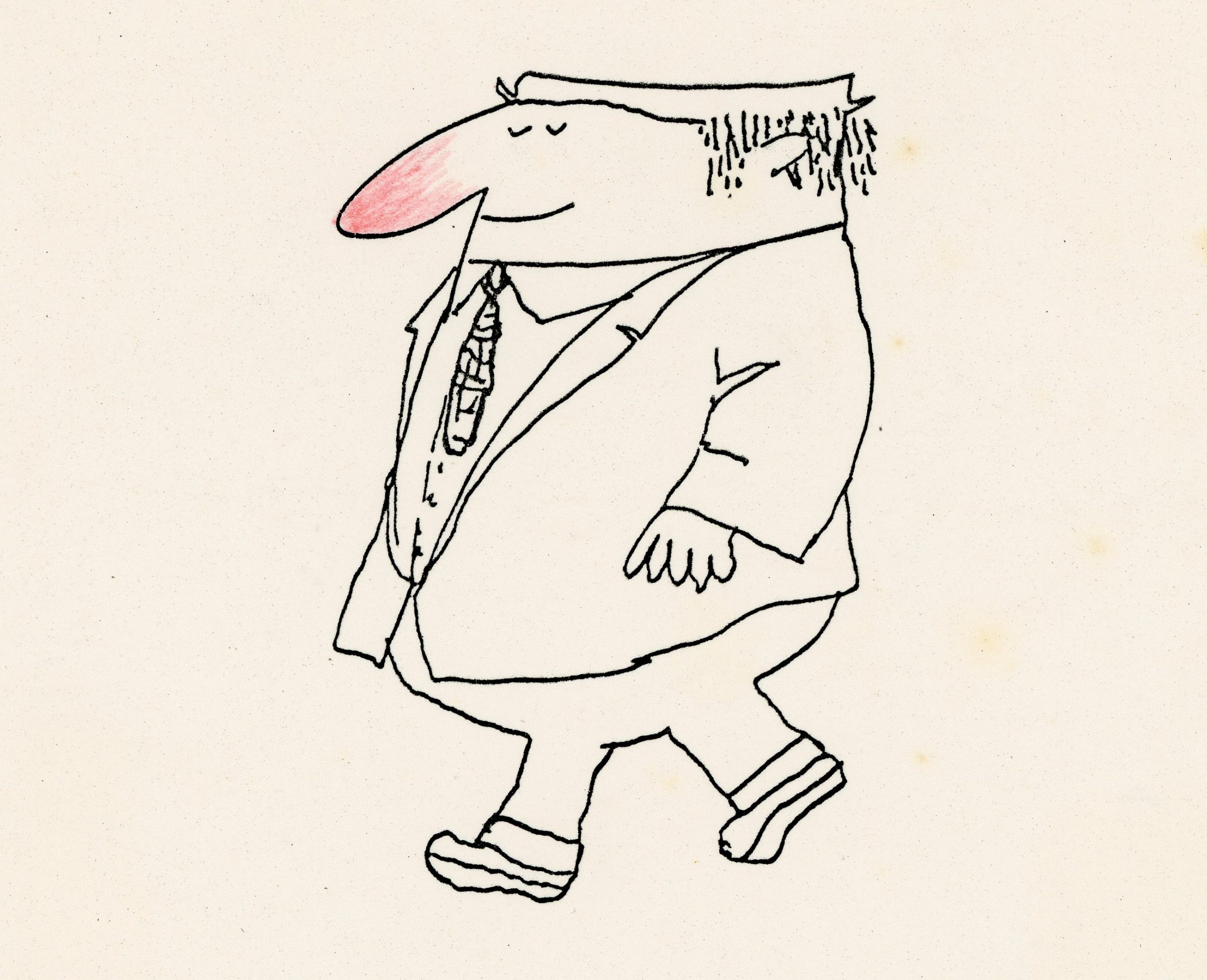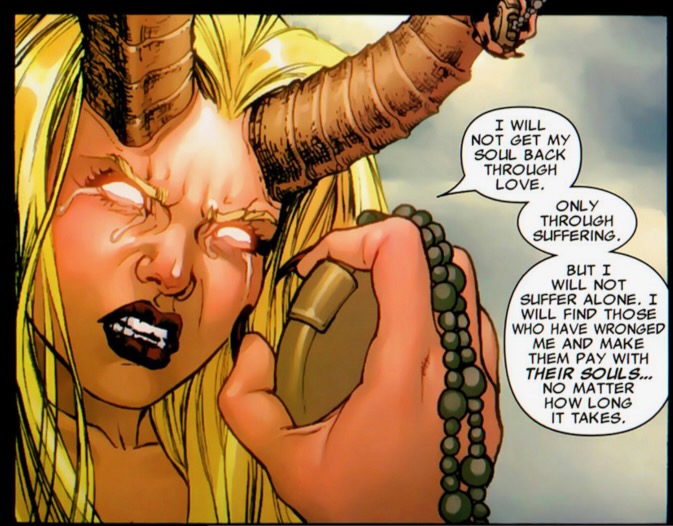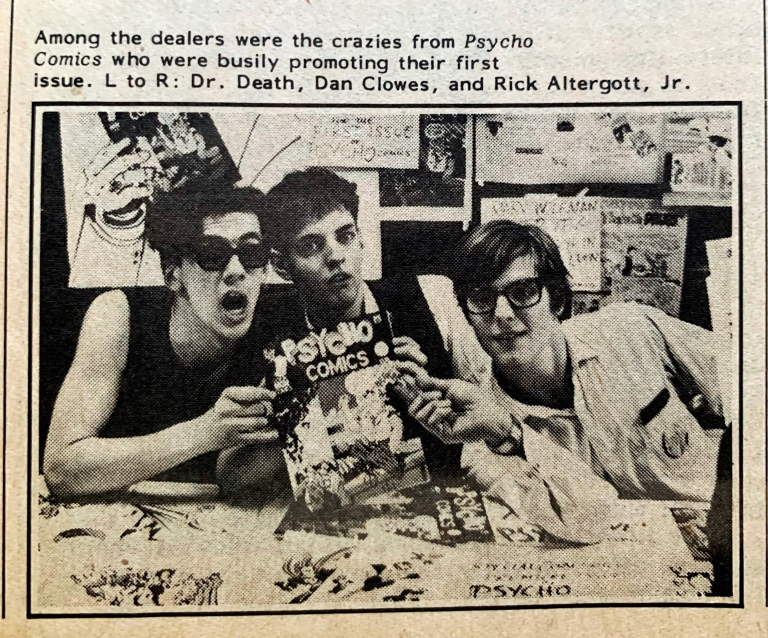THIS WEEK: We say goodbye to Batman: Dark Patterns. Plus, we check in on the wider DC Universe happenings with new issues of Batman and Robin, Poison Ivy, and more!
Note: the review below contains spoilers. If you want a quick, spoiler-free buy/pass recommendation on the comics in question, check out the bottom of the article for our final verdict.
Batman Dark Patterns #12
Story by: Dan Watters
Artist: Hayden Sherman
Colorist: Triona Farrell
Letterer: Frank Cvetkovic
Recently, most Batman fans have been focused on two runs, Absolute Batman by Scott Snyder and Nick Dragotta, and the new run of the Batman main title by Matt Fraction and Jorge Jimenez. This is for good reason, as both are making massive waves in the community with a collective 900,000 copies sold of their respective issue #1s.
However, there is another standout Batman title walking alongside those giants. That title is Batman: Dark Patterns. I’ve paid attention to the chatter around this one, and fans describe the line work as “literal eye candy.” They also love the portrayal of the early years of Bruce as Batman. One note about the series was shared unanimously: that more people needed to be talking about Dark Patterns.
As someone who has had to review multiple issues and seen the amount of work that has gone into these books, I can’t help but agree. Seeing Dan Watters’ reference The Forensic Casebook by Ngaire Genge and Death’s Acre by Dr. Bill Bass has only solidified my trust in his ability to craft an exceptional detective story. Watters and his collaborators are telling a deep, visceral, emotional story about the Dark Knight, along with a deep Batman-as-detective story.
This maxiseries comes to an end this week with Batman: Dark Patterns #12, part three of the Child of Fire arc, and it’s one hell of a send off.
One thing I have to mention before diving into this is that there’s a reason artist Hayden Sherman is an Eisner Award–winning artist. They take their work in this book to an entirely new level. Somehow, they are able to fill fire and destruction with so much life. The way the flames engulf the city and surround the characters only adds to the spectacle readers will witness. The fire literally dances across the page, spreading until it parts only for Batman.
It’s an incredible artistic choice. It perfectly conveys what Watters is trying to communicate, and what only Sherman can convey: that even while infected by a virus and injured, Batman remains a legend, a fairy tale, and a nightmare to Gotham’s villains. He is unstoppable. Only the flames would part for someone like him, and they do. He is already burning before entering the fire, a fever taking hold of him, and still, he pushes on. His silhouette takes shape in the smoke, wisps forming his ears, his symbol. He is everywhere, surrounding the Child of Fire, Micky Harris, in an instant. It becomes clear to the reader that there is nowhere for the Child of Fire to run. When Batman finally appears before him, disbelief echoes in the villain’s voice, fear takes hold, and this is the return of the Dark Knight, reborn by fire.
It’s beautiful, and, honestly, one of the standout pages from this book. It’s only the first of many throughout too, as Sherman is able to use panels and boxes to convey a living, breathing story with action and movement as we move from page to page. Almost as if we have a pop-up book where the use of close-ups and details littered throughout the page allows readers to become immersed in its movement, not noticing how invested they are until the page is inches away from their faces.
Everything that happens in this book is surgical; every little detail has meaning. It’s only enhanced once the Dark Knight begins to speak. His mind is logical, calculating, and in his own way, cold. It’s important to note that this is an early Batman, not a man with fancy super gadgets, a breathing mask, or some kind of super steroid; he is just a man breathing in smoke and still beating the tar out of Nicky Harris. This story logs Bruce’s mental notes, describing how even with fever in his bones, smoke in his lungs, this was never going to be a fair fight for Harris.
Even as Bruce focuses on saving someone, his mind burns bright. It spirals into a tangent about how Harris was right that fire sets the lizard brain alight. He thinks about the prefrontal cortex and its role in logic, the hippocampus and its role in forming memories, and how these parts of the brain let the human body surrender to terror and crave escape above all else. That may have been Harris’s experience, but it was not Bruce’s. His response to fear is what saved him. It gave him the hysterical strength that pushed his body through fire, the body overriding the brain.
I love that Bruce was afraid, and that it was that same fear that allowed him to overcome something nearly impossible. It is the same fear he turns into a weapon, the same force he uses to control the villains of Gotham through acts that defy logic. One of those acts comes up as Bruce recounts that night to the commissioner and Dr. Sereika. He explains how he moved ahead of the flames to stop Harris’s fire bombs. But to the people of Gotham, what they saw was the moment the Dark Knight turned, extended his hand, and watched the fire begin to decay.
In this moment, everything Watters and Sherman have built finally hits with full force. It might be the most striking page in the entire series. Batman stands alone as Gotham’s guardian, the flames halting in front of him as if the city itself recognizes his presence. The panels curve and break in a way that forms a vast bat symbol across the page, with Batman anchored at its heart while the citizens below stare up at a legend made real. It is the kind of page that stops you cold, a moment so bold and beautifully executed that I had to go back and take it in again and again.
All of this makes the final page of the series hit with real weight. Bruce finally accepts that there will always be a fire in Gotham City, and that the question is not whether it burns but how it transforms. A blaze will always shape the city, and recently, it has raged without control, but now it has taken on a form Gotham can recognize and trust. That fire is Batman, constant and unyielding, and he will be there for as long as the city needs him as he descends upon Gotham’s streets, his legend taking up the entire panel.
I am genuinely devastated that a story this extraordinary has reached its final page. It captured everything I love about Batman and shaped it into a thoughtful, emotional journey filled with stunning art and lines that cut straight to the heart. It offered one of the clearest, most human understandings of Bruce Wayne and Batman I have read in a long time, and every chapter felt crafted with purpose. Watters and Sherman have delivered some of their finest work here. I give this series my highest recommendation. It is the kind of story that stays with you, that lingers long after the final page, and I know it will stay with me for a very long time.
Verdict: BUY
Batman and Robin #27 by Phillip Kennedy Johnson and artist Fico Ossio has been one of the standout monthly titles for me. I was pleasantly surprised to see a story that focuses on the father-and-son dynamic between Damian and Bruce in a way I genuinely enjoy. Rather than letting angst take over their relationship, this issue lets us see a loving, nuanced connection. That is not to say angst has no place, this is the Bat-Family, after all, but it is refreshing to witness Bruce allow himself to let down his guard. This issue especially shines in that regard, showing Bruce turning to Clark for guidance on how to open up and connect with Damian while also building up a story involving a new villain with a hidden past in Gotham.
- In this week’s Poison Ivy Annual, artist Mark Buckingham gives this character and her world a medieval touch that honestly I couldn’t get enough of, while regular series writer G. Willow Wilson delivers a deep story. As Ivy tracks down the living repository of secrets, she refuses to give up her humanity. That becomes the heart of the annual. Ivy’s journey isn’t just a chase; it is a confrontation with every hard truth she has buried. Every page asks what compassion looks like when your hands are stained with past choices. Buckingham’s art gives those moments physical weight, grounding the emotional stakes in a world that feels fragile and alive. Wilson’s script brings Ivy to a place where growth isn’t a metaphor; it is a choice. By the end, she stands as someone still capable of mercy even when surrounded by the consequences of her own power.It hits with the same force that made the recent Absolute Batman Annual stand out. Different tone, different focus, but the same ambition to push a character to the edge of their identity and see what survives. This Poison Ivy Annual does more than hold its own; it lingers, leaving you with a version of Ivy shaped by vulnerability, resilience, and a promise that her humanity is still a fight worth having. It’s a great read and with Ivy approaching its 40th issue, I can’t wait for more.
Miss any of our earlier reviews? Check out our full archive!
Read more great reviews from The Beat!






 Batman and Robin #27 by Phillip Kennedy Johnson and artist Fico Ossio has been one of the standout monthly titles for me. I was pleasantly surprised to see a story that focuses on the father-and-son dynamic between Damian and Bruce in a way I genuinely enjoy. Rather than letting angst take over their relationship, this issue lets us see a loving, nuanced connection. That is not to say angst has no place, this is the Bat-Family, after all, but it is refreshing to witness Bruce allow himself to let down his guard. This issue especially shines in that regard, showing Bruce turning to Clark for guidance on how to open up and connect with Damian while also building up a story involving a new villain with a hidden past in Gotham.
Batman and Robin #27 by Phillip Kennedy Johnson and artist Fico Ossio has been one of the standout monthly titles for me. I was pleasantly surprised to see a story that focuses on the father-and-son dynamic between Damian and Bruce in a way I genuinely enjoy. Rather than letting angst take over their relationship, this issue lets us see a loving, nuanced connection. That is not to say angst has no place, this is the Bat-Family, after all, but it is refreshing to witness Bruce allow himself to let down his guard. This issue especially shines in that regard, showing Bruce turning to Clark for guidance on how to open up and connect with Damian while also building up a story involving a new villain with a hidden past in Gotham. 


















 English (US) ·
English (US) ·